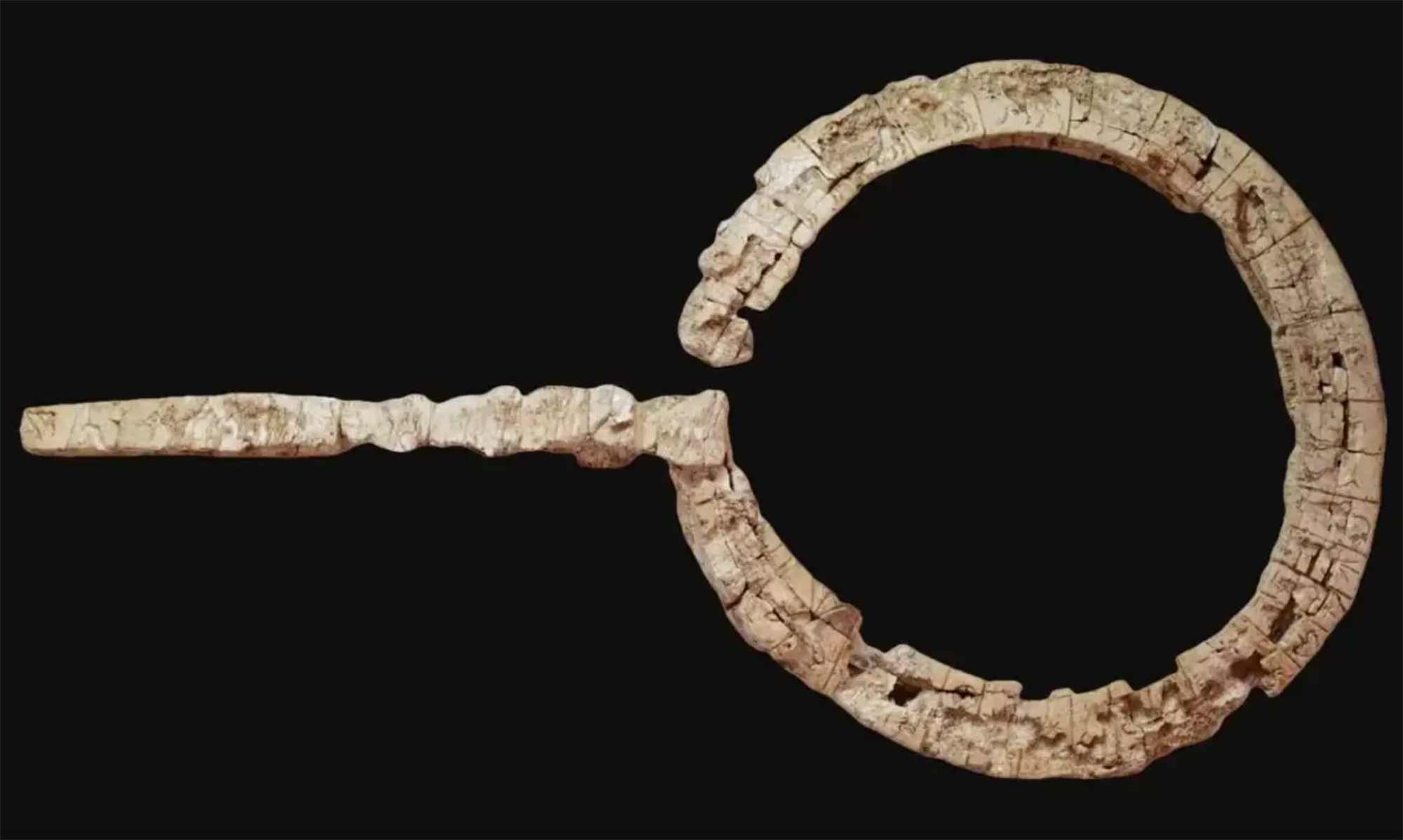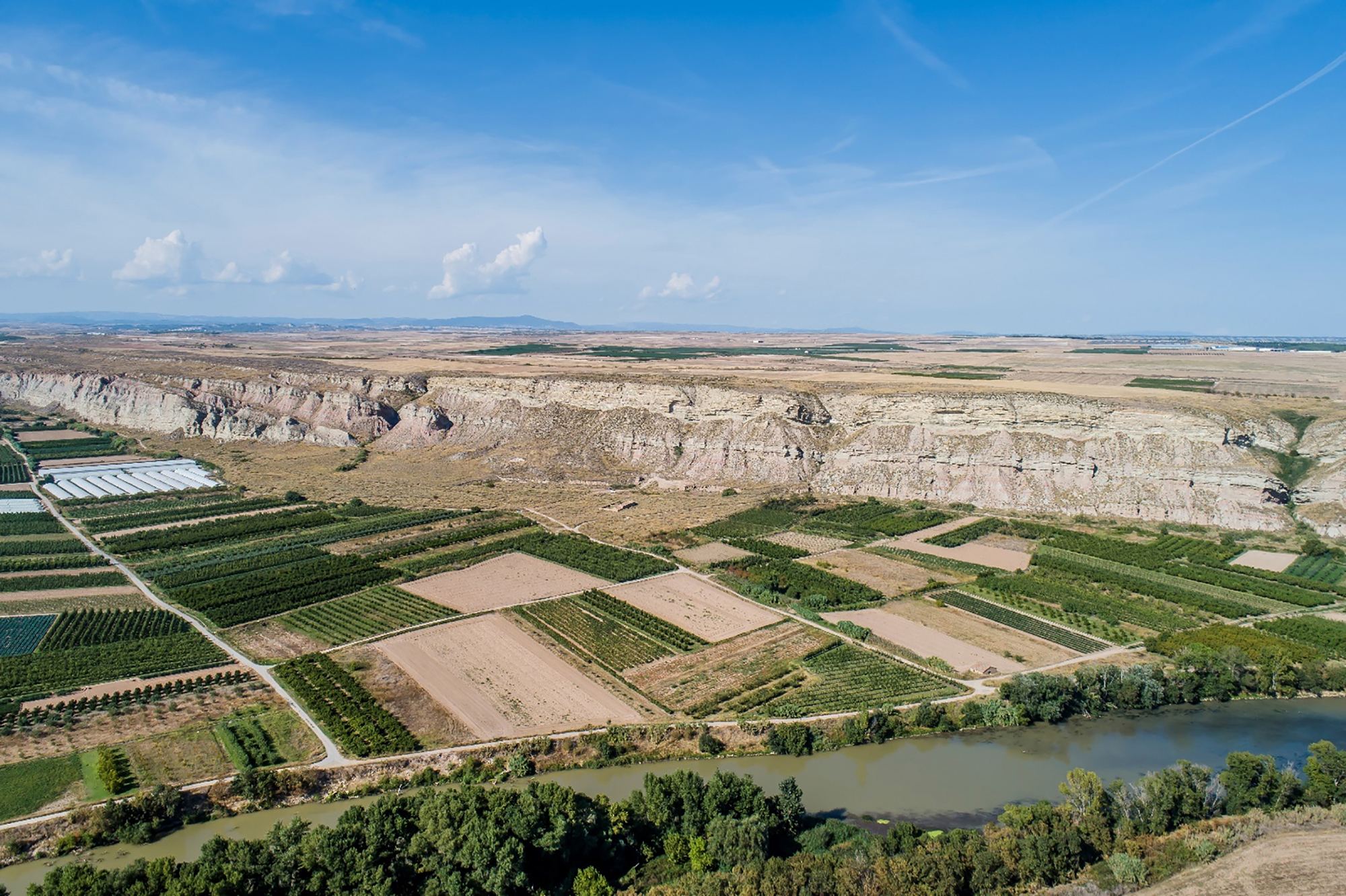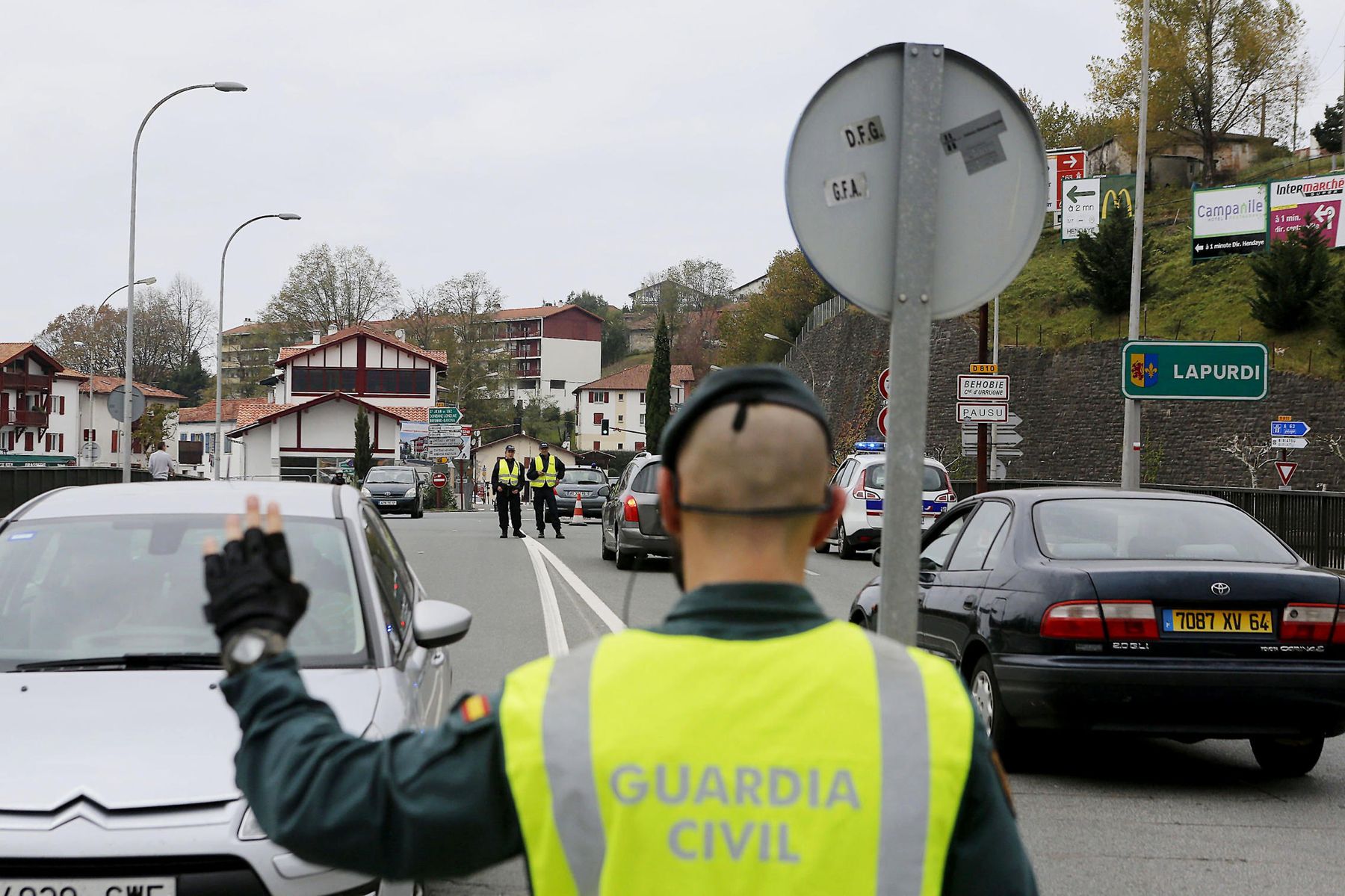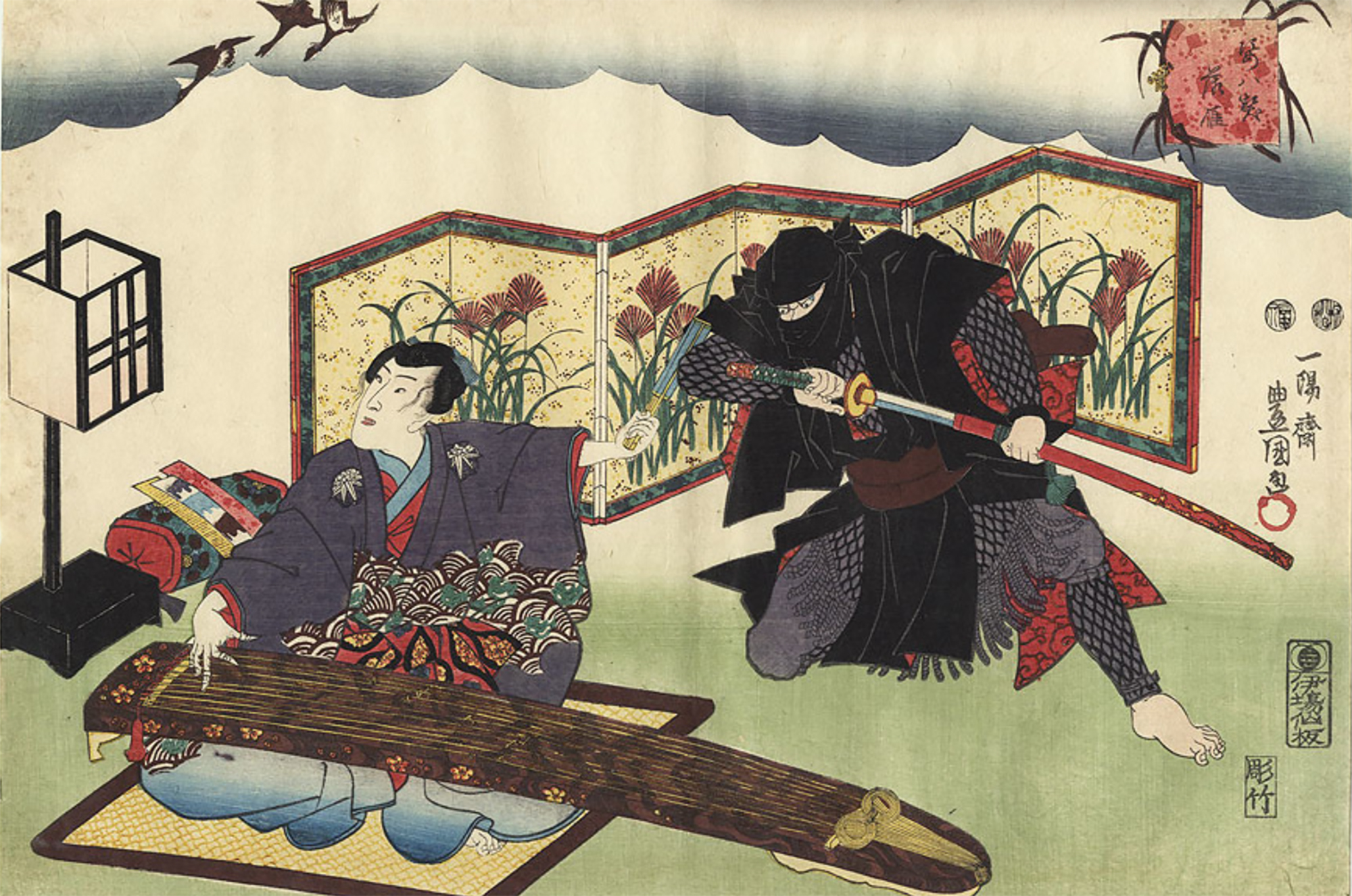From Agerre to Campión, passing by Bidor
- Last week, Euskaltzaindia published a biography about the Basque and political Arturo Campión, hitherto unknown, written by José Agerre. This is the discovery of Joxemiel Bidadores, whose widow, Idoia Sara, has been brought to the academy. German Sagrario and Patxi Zabaleta believe it is very valuable because someone who met Campión personally has written it.

The late Joxemiel Bidor continues to give much to talk, when it has been more than 10 years since his death. The Royal Academy of the Basque Language published last week one of the last jewels found on the hard drive given by the Pamplona investigator: Biography of Arturo Campión, written by José Ager. The protagonist of the book does not need major presentations, as it was one of the most important figures of Basque nationalism from the beginning of the twentieth century in Navarra. Agerre, on the other hand, is not so well known.
The explanations that Patxi Zabaleta offered along with German Sagrario about this book on the Euskaltzaindia website give a little light on this interesting character: “He was appointed a member of Euskaltzaindia in 1919, when Euskaltzaindia went from the top four to the twelve members. Therefore, Agerre was the second representative of Navarre after Campion,” explained Zabaleta. From 1931 he held important positions in the Navarre nationalist press – he directs the journal Amayur, as well as the newspaper La voz de Navarra – until the war of 1936 interrupted this trajectory. However, he did not stop writing, and in view of his post-war production, there is a striking thing: he began writing in Basque. Joxemiel Bidor was in charge of collecting the poems written by Agerre Santesteban from 1949 until his death in 1962. The post-war poetry works (1949-1962).
And now it is known that this book edited by the City Council of Pamplona was not the only gold that he found in Bidor. He also obtained the work Biography of Arturo Campión, edited by Euskaltzaindia, which was apparently written by Agerre without intention to publish, but as explained by Alemane, no less important. “This biography of Campión is very interesting because it is written by someone who met Campión. It gives us a direct but not very objective testimony, because Agerre admired Campión. Since then, they have written a lot about Campión, but not those who knew him alive.”
However, what will come into the hands of the reader will be the adapted version of Agerre's original text, the edition made by Bidadores. Zabaleta explained that the historian, who died in 2010, made a "profound change" to the original, as Ager told Campión that he had "too much admiration." Therefore, Bidor believed that he wrote Campion's hagiography more than biography and, following his critical sense, made arrangements and an introduction.
Jon Alonso and Patxi Larrion wrote in a text in four hands of Biker when he died. Thanks to the studies and discoveries known to him so far, such as the books Materials for a history of Basque literature in Navarre or Klasiko bitxiak, arront klasiko, readers can have a broader view of the history of Basque literature. Campión's recent biography will also provide an opportunity to learn about the new aspects of politics and Euskera.
Linear A is a Minoan script used 4,800-4,500 years ago. Recently, in the famous Knossos Palace in Crete, a special ivory object has been discovered, which was probably used as a ceremonial scepter. The object has two inscriptions; one on the handle is shorter and, like most of... [+]
Londres, 1944. Dorothy izeneko emakume bati argazkiak atera zizkioten Waterloo zubian soldatze lanak egiten ari zela. Dorothyri buruz izena beste daturik ez daukagu, baina duela hamar urte arte hori ere ez genekien. Argazki sorta 2015ean topatu zuen Christine Wall... [+]
Kirola eta oroimena uztartuko dituzte, bigarrenez, mendi-martxa baten bitartez. Ez da lehiakorra izanen, helburua beste bat delako. La Fuga izeneko mendi martxak 1938ko sarraskia gogorarazi nahi du. Ezkabako gotorlekuan hasi eta Urepelen amaituko da. Maiatzaren 17an eginen dute.
Bilbo, 1954. Hiriko Alfer eta Gaizkileen Auzitegia homosexualen aurka jazartzen hasi zen, erregimen frankistak izen bereko legea (Ley de Vagos y Maleantes, 1933) espresuki horretarako egokitu ondoren. Frankismoak homosexualen aurka egiten zuen lehenago ere, eta 1970ean legea... [+]
Fusilamenduak, elektrodoak eta poltsa, hobi komunak, kolpismoa, jazarpena, drogak, Galindo, umiliazioak, gerra zikina, Intxaurrondo, narkotrafikoa, estoldak, hizkuntza inposaketa, Altsasu, inpunitatea… Guardia Zibilaren lorratza iluna da Euskal Herrian, baita Espainiako... [+]
Deportazioaren Memoriarako Euskal Koordinakundeak aintzat hartu nahi ditu Hego Euskal Herrian jaio eta bizi ziren, eta 1940tik 1945era Bigarren Mundu Gerra zela eta deportazioa pairatu zuten herritarrak. Anton Gandarias Lekuona izango da haren lehendakaria, 1945ean naziek... [+]
Guardia Zibilaren historia bat - Hemendik alde egiteko arrazoiak izenburupean, datorren astean argitaratuko dugun 305. LARRUN aldizkariaren pasarte batzuk dira ondorengoak, erakunde armatuaren sorrera garaietan girotutakoak.
Iazko uztailean, ARGIAren 2.880. zenbakiko orrialdeotan genuen Bego Ariznabarreta Orbea. Bere aitaren gudaritzaz ari zen, eta 1936ko Gerra Zibilean lagun egindako Aking Chan, Xangai brigadista txinatarraz ere mintzatu zitzaigun. Oraindik orain, berriz, Gasteizen hartu ditu... [+]
Eskultura grekoerromatarrek bere garaian zuten itxurak ez du zerikusirik gaurkoarekin. Erabilitako materiala ez zuten bistan uzten. Orain badakigu kolore biziz margotzen zituztela eta jantziak eta apaingarriak ere eransten zizkietela. Bada, Cecilie Brøns Harvard... [+]
Aranzadi Zientzia Elkarteko Etnografia Sailaren zuzendari berria da Maite Errarte Zurutuza (Beasain, 1995), urrian Fermin Leizaolaren lekukoa hartu ondoren. Kultura materiala aztertzen jarraitzeko beharra azpimarratu du, gizartearen memoria eta bizimodu aldaketak erregistratzeko... [+]
Japonia, XV. mendea. Espioitzan eta hilketa ezkutuetan espezializatutako eliteko talde militarra sortu zen. Edo horixe uste du behintzat Stephen Turnbull historialari britainiarrak. Beste aditu batzuen ustez, askoz lehenago sortu ziren ninjak, duela 2.300-2.500 urte inguru. Eta... [+]




















